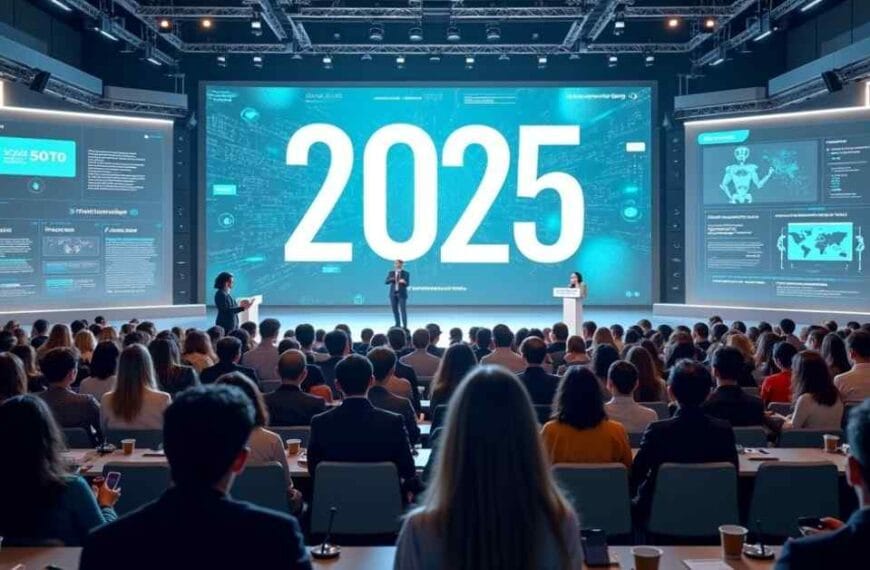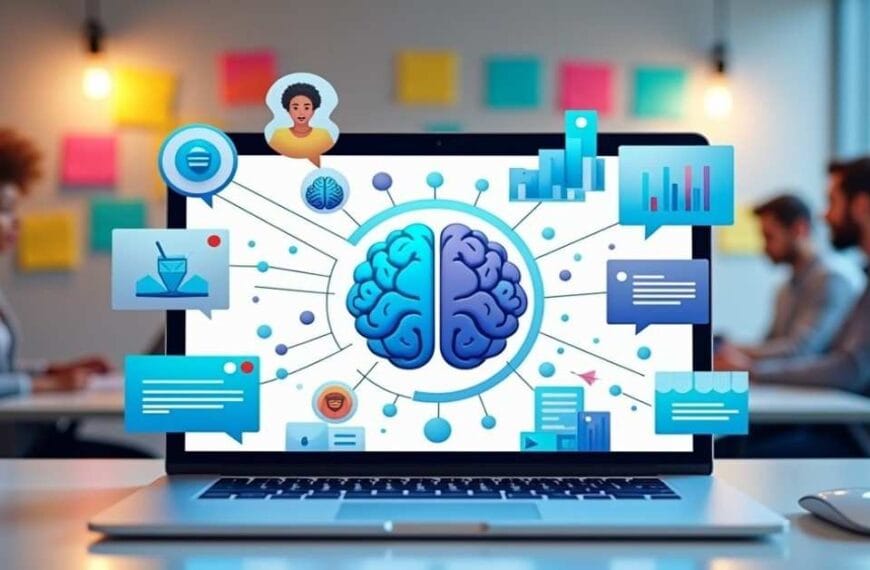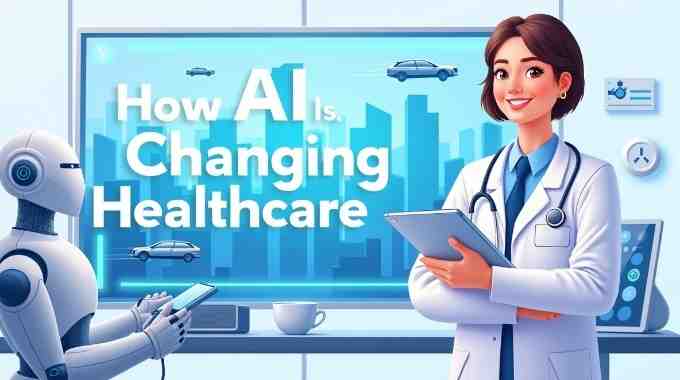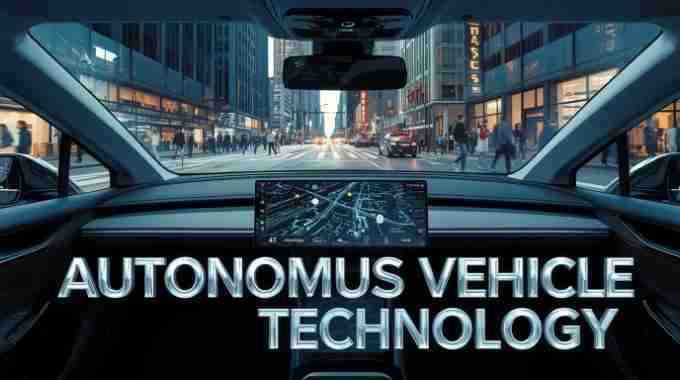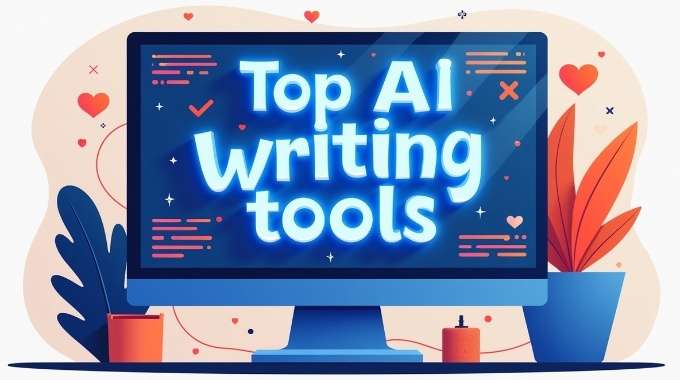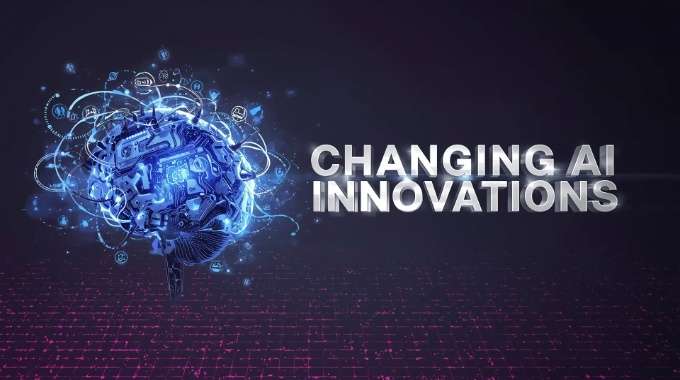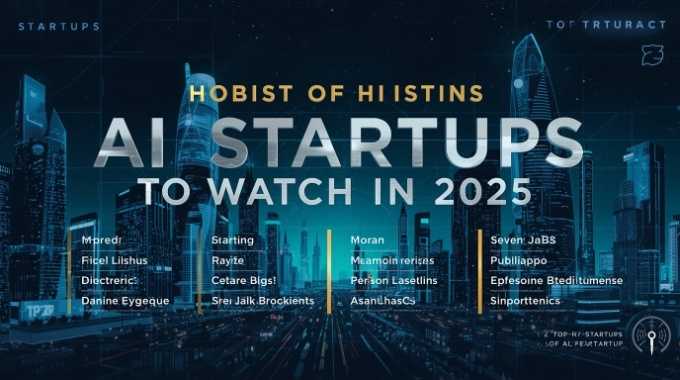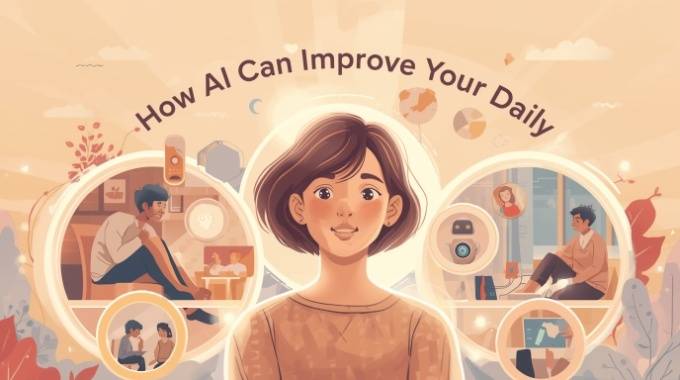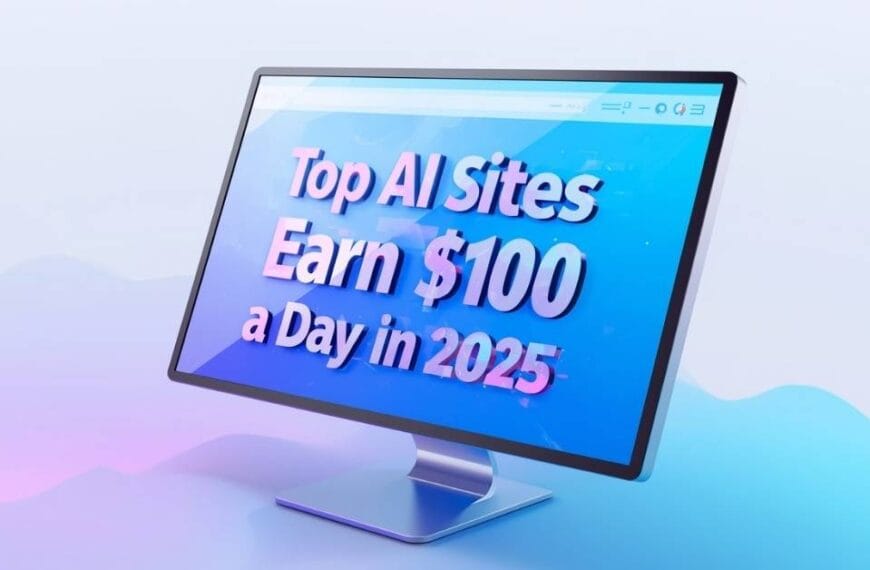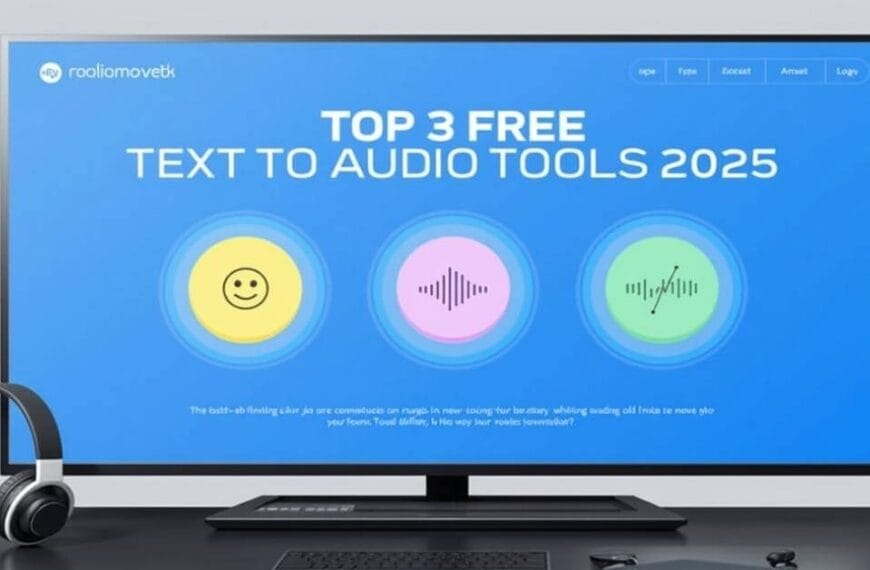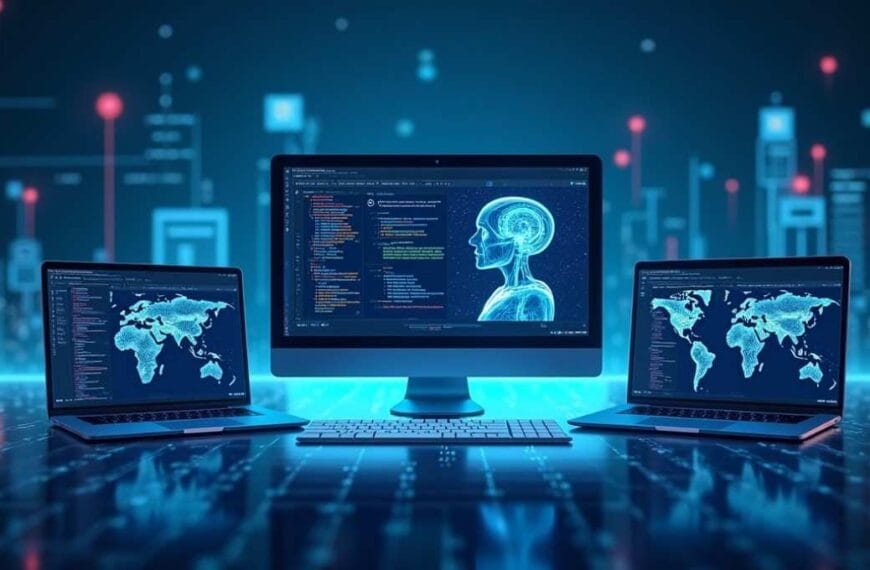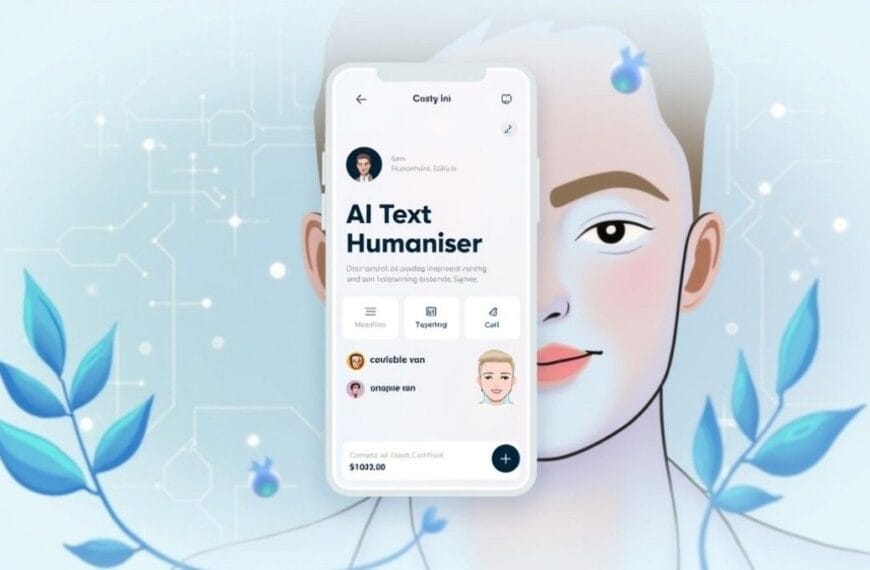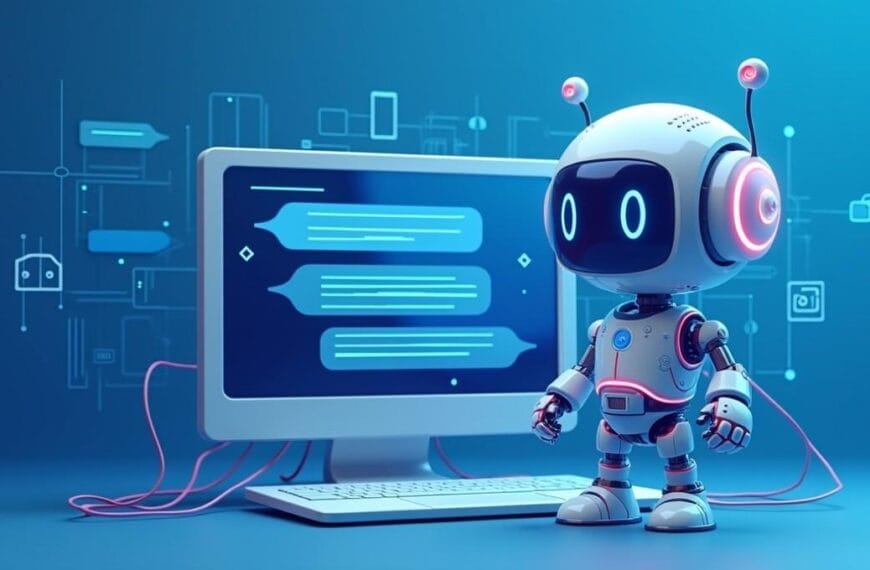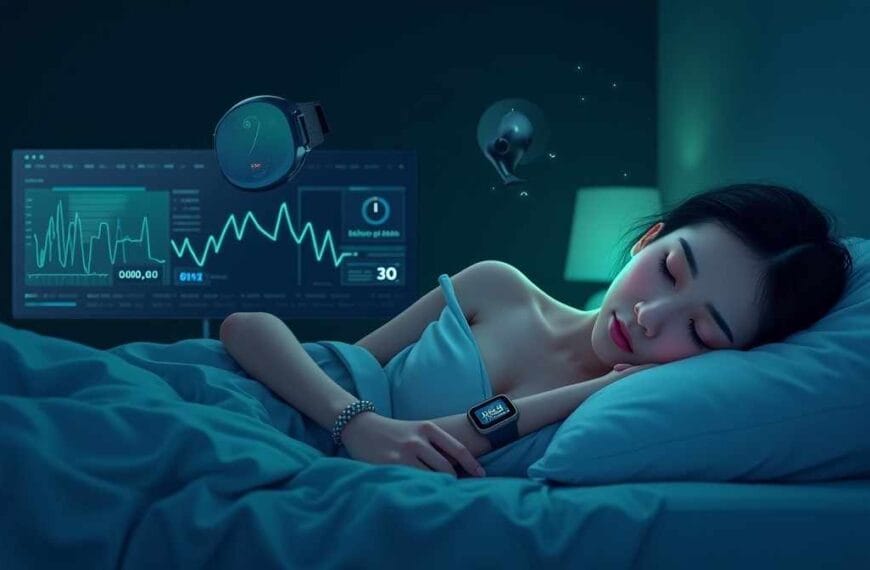Healthcare is not easy. Long waiting lines expensive treatment shortage of doctors mistakes in diagnosis. Patients suffer doctors stress system cracks. Now AI enters the scene. In 2025 the change is visible. Hospitals clinics even home care apps are running with AI inside.
AI is not magic wand but it is making things smarter faster and sometimes cheaper. From scanning X-rays to chatting with patients to predicting diseases before they hit AI is quietly reshaping healthcare.
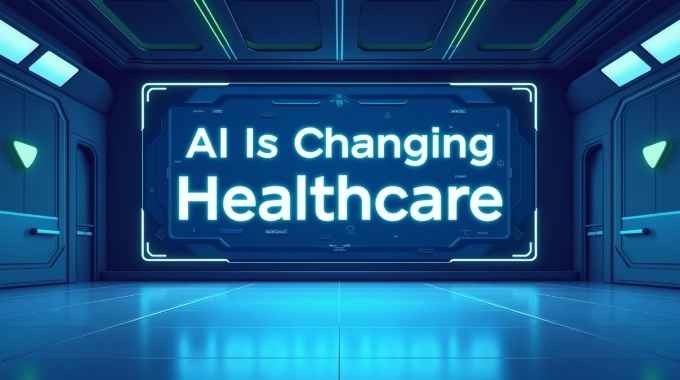
The Pressure in Healthcare
Global population rising. Chronic diseases everywhere. Aging society growing. Doctors cannot handle alone. Humans get tired machines don’t. That’s why hospitals started leaning on AI.
AI does repetitive work quickly. It sorts data finds patterns tracks patient history. It doesn’t complain about night shift. And it helps doctors focus on what really matters human touch and decision making.
1. Faster Diagnosis
Doctors take years to master reading scans. Still mistakes happen. AI systems now scan X-rays MRIs CT faster than humans. They highlight suspicious spots help doctors confirm diagnosis.
Example. AI detects lung cancer early stage where human eye may miss. That means treatment starts earlier patient lives longer.
2. Predicting Diseases
Prevention is cheaper than cure. AI models now analyze medical history lifestyle wearable device data. They predict risk of diabetes heart attack stroke.
Patients get alert before disease strikes. Change diet exercise start early medication. Lives saved money saved stress reduced.
3. Drug Discovery
Developing medicine takes years billions of dollars. AI speeds process. It simulates molecule behavior predicts which compounds work. Companies already found drug candidates faster than ever.
In 2025 AI is cutting years from research timeline. That means cheaper medicine reaching patients sooner.
4. Personalized Treatment
Not every drug works same for every person. AI helps doctors customize dose and plan. It studies genetic data lifestyle test results. Suggests what works best for individual.
Instead of one size fits all treatment becomes personal. Less side effects more success.
5. Virtual Health Assistants
Hospitals now use AI chatbots. They answer patient questions book appointments remind medication. Patients don’t wait hours on phone.
Apps like these also help monitor chronic patients at home. You feel unwell AI asks symptoms suggests action. Sometimes it tells go hospital now before too late.
6. Robotic Surgeries
AI guides surgical robots. Doctors still control but AI assists with precision. Small cuts less blood faster recovery. In complex surgery AI warns if tool too close to nerve.
In 2025 robotic surgeries are not rare anymore. More hospitals adopting them.
7. Mental Health Support
Therapy shortage is real. AI chatbots now provide 24/7 mental health support. They listen guide provide coping strategies.
Not replacement for human therapist but good first step for people who hesitate to seek help. In 2025 more students and young workers using AI mental health apps.
8. Hospital Management
Hospitals are messy. Scheduling beds supplies staff. AI optimizes flow. Predicts patient admission rates allocates resources reduces wait times.
Simple example. AI predicts flu season spike so hospital orders extra medicine and hires temp staff early. Chaos avoided.
9. Wearables + AI
Smartwatches fitness bands now track heart rate sleep oxygen. AI analyses data and alerts users. Early warning for irregular heartbeat or sleep apnea.
Doctors also get continuous patient data instead of one time checkup. That makes care proactive not reactive.
10. Medical Education
Students learning medicine now use AI simulators. They practice on virtual patients. AI corrects mistakes explains outcomes.
Doctors in training get better faster. Education cost lowers.
Challenges
Of course not all smooth. AI still makes mistakes. Wrong prediction can harm. Over reliance risky.
Privacy is big issue. Health data is sensitive. If hacked it’s disaster. Regulations still catching up.
Cost another factor. Not all hospitals can afford high end AI tools. That can widen gap between rich and poor hospitals.
And ethical questions. Should AI decide treatment plan or only suggest? Final decision must stay human.
Real Cases in 2025
- Hospitals in US use AI to detect sepsis early saving thousands of lives
- India testing AI apps for rural health advice reducing doctor shortage problem
- Pharma companies using AI for Alzheimer’s drug research speeding trials
- Mental health AI apps crossing 10 million users globally
Change is not future. It’s happening now.
For Patients
AI means quicker diagnosis fewer errors personalized care. Less waiting more clarity. Access to health advice from home.
For chronic patients AI reminders and monitoring reduce hospital visits. Elderly get alerts if vitals go wrong.
For Doctors
AI removes paperwork burden. It highlights critical patients faster. It gives second opinion in scans and tests. Doctors spend more time with patients less with files.
Stress goes down productivity up.
The Road Ahead
By 2030 AI could become standard in all hospitals. Full integration with electronic records continuous monitoring predictive healthcare everywhere.
But regulation training and cost will decide speed. Patients and doctors must learn to trust but also verify.
Final Thoughts
AI is not replacing doctors. It is supporting them. Making them faster smarter accurate. In 2025 we see early stage of transformation.
Diagnosis faster. Treatment personal. Drugs discovered quicker. Hospitals more efficient. Patients empowered at home.
Challenges remain privacy cost ethics. But direction is clear. Healthcare is moving from reactive to proactive. From guesswork to data driven. From waiting to acting early.
AI in healthcare is not about future dream. It’s about lives saved today. Smarter faster better care is happening now.
